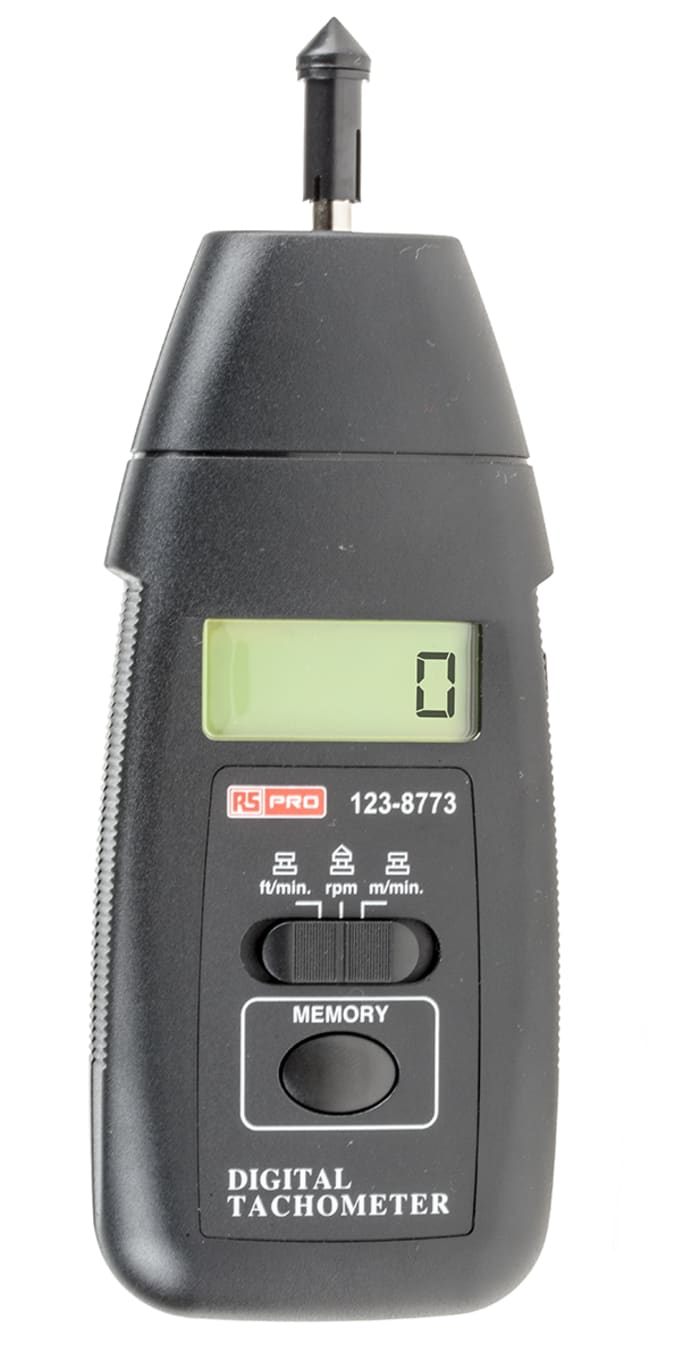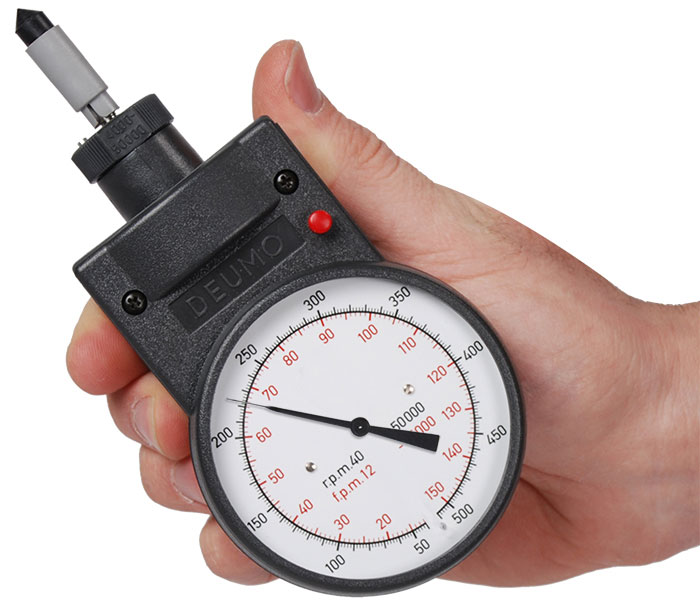Tachometer Buying Overview: Attributes to Try To Find and Finest Brands
Tachometer Buying Overview: Attributes to Try To Find and Finest Brands
Blog Article
The Relevance of a Tachometer in Monitoring Engine Rate and Performance in Automotive Applications
In the world of vehicle engineering, the tachometer stands as a critical instrument in the driver's collection, giving a straight home window right into the internal workings of a vehicle's engine. Past its feature as a simple gauge of revolutions per min (RPM), the tachometer offers as a crucial tool for enthusiasts and specialists alike, using real-time understandings into engine performance and wellness.
Relevance of Keeping Track Of Engine RPM
Monitoring engine RPM, or revolutions per min, is a vital aspect of automotive upkeep and efficiency assessment. Engine RPM directly associates with the speed at which the engine's crankshaft revolves, suggesting how promptly the engine is running - tachometer. By keeping an eye on RPM, auto mechanics can assess the wellness of the engine, discover potential issues, and fine-tune efficiency. An abnormal RPM analysis may signify problems such as engine misfires, damaged stimulate plugs, or issues with the fuel delivery system. Continually high RPM readings can suggest hostile driving practices or the demand for a higher equipment shift to enhance fuel effectiveness.
Furthermore, keeping an eye on engine RPM is essential for performance analysis in racing and high-performance automobiles. Maintaining ideal RPM levels is vital for attaining peak power output and acceleration. Racers commonly make use of tachometers to ensure they are operating within the suitable RPM array for optimum efficiency. In summary, keeping an eye on engine RPM is not just vital for discovering concerns yet also for optimizing engine performance in different vehicle applications.

Advantages of Real-Time Information
In auto applications, real-time data plays an essential role in offering immediate understandings right into the performance and condition of the automobile. By constantly keeping an eye on different specifications such as engine rate, temperature level, fuel usage, and much more, real-time data offers many benefits that contribute to boosted performance and safety and security on the road.
One considerable benefit of real-time data is its ability to alert chauffeurs and service technicians to any kind of abnormalities or issues without delay. This aggressive method makes it possible for fast recognition of possible issues, permitting timely treatments to avoid more damage or break downs. Additionally, real-time information assists in efficiency optimization by supplying instant responses on driving routines and engine efficiency. Motorists can adjust their behavior in real-time based on this info to achieve far better gas economic climate and prolong the life expectancy of their lorry.

Moreover, real-time information plays a vital role in contemporary automobile diagnostics, enabling service technicians to quickly identify and address malfunctions. This brings about decreased downtime, reduced upkeep expenses, and home inevitably, boosted general automobile reliability and durability (tachometer). By taking advantage of the power of real-time information, automotive stakeholders can make informed choices that favorably impact both the efficiency and long life of the vehicle
Influence on Equipment Shifts
Efficient gear changes in auto applications considerably affect total performance and driving experience. The tachometer plays an important duty in enhancing equipment changes by providing real-time engine speed data to the motorist. When coming close to the redline on the tachometer, it signals the chauffeur to upshift to stop over-revving the engine the original source and causing potential damage. On the various other hand, downshifting at the right moment can assist preserve the engine in its power band, making certain receptive velocity when required.
In addition, the tachometer help in accomplishing smoother gear transitions, particularly in hands-on transmissions. By checking engine rate, vehicle drivers can implement equipment changes at the ideal RPM variety, minimizing jerking movements and reducing wear on the transmission components. This precision in equipment adjustments not only boosts driving convenience however likewise adds to fuel efficiency.
Enhancing Gas Performance
Provided the vital function the tachometer plays in enhancing gear changes for performance and engine health and wellness, it directly contributes to making the most of fuel effectiveness in vehicle applications. By providing real-time comments on engine speed, the tachometer assists motorists in keeping the most efficient RPM array for gas economy. When motorists consistently check the tachometer and adjust their motoring habits as necessary, they can prevent unneeded fuel intake triggered by over-revving or carrying the engine.
Moreover, the tachometer aids drivers determine one of the most fuel-efficient equipment to be in at any kind of given minute, preventing the engine from working more challenging than required. This is particularly vital during acceleration and cruising, where remaining in the best gear can significantly impact fuel efficiency. Additionally, the tachometer can signal vehicle drivers to potential mechanical concerns that check out this site can be negatively impacting gas economic climate, such as a slipping clutch or a clogged air filter. Finally, the tachometer functions as a beneficial device in boosting fuel effectiveness by promoting ideal driving habits and determining areas for enhancement in the automobile's performance.

Making The Most Of Engine Long Life
The tachometer's function in keeping track of engine speed and efficiency is critical in ensuring the longevity of auto engines. Monitoring the tachometer enables motorists to stay within the advised RPM range for their car, stopping unneeded strain on the engine and expanding its life expectancy.

Final Thought
In verdict, the tachometer plays a critical function in keeping track of engine speed and performance in vehicle applications. By supplying real-time data on RPM, it enables effective equipment changes, boosted gas effectiveness, and made the most of engine durability. This tool is necessary for keeping optimum engine efficiency and ensuring the overall functionality of a car.
Report this page